
Увага! На сайті використовуються cookie файли.
The site uses cookie files
Даний сайт має вікове обмеження.
This site has age restrictions!
Я підтверджую, що мені, на жаль, давно виповнилося 18 років
Most of us know little about the Kingdom of Norway. The warmest sweaters in the world, unique brunust cheese, fjords, Edvard Grieg, Knut Hamsun, trolls in mountain caves, the northern lights… Being located from Ukraine in kilometers no further than, for example, France, Norway seems very distant and exotic, and in the very word “Norway” there is something fabulous, and the Norwegian language sounds like a song. As for winemaking in this northern country, even less is known about it than about Norway itself. Therefore, we decided to learn about the wine and winemakers of the Kingdom from Helge Steingrim – the general manager of Egge Gård, the only Norwegian winery whose wines, under the conditions of a state monopoly, are officially presented on the country’s market.
Drinks+: First of all, Mr. Helge Steingrim, we would like to thank you for taking the time to answer our questions. Drinks+ is the largest wine media project in Eastern Europe. And, of course, we value every opportunity to discover new names and learn about new wine routes. So let me ask you a few questions in order to shed some light on the world of Norwegian winemaking.
For many, Norway is associated with northen lights, fjords and reindeer, and if we are talking about alcohol, it is aquavit. The production of wine, grape wine, is not quite a common thing for Norway. How did you come up with the idea of making this product? After all, Egge Gård was originally known for its alcoholic and non-alcoholic drinks made from apples.
Helge Steingrim: It is true that winemaking and grape growing are relatively new industries in Norway. There were a couple of crazy farmers in the 90’s, but then it was quiet. However, with the current situation of climate changes, there are now several farmers planting grapes in the south of Norway. Nevertheless, these are still too small productions and it is too early for consumers to see any product on the market. Egge Gård is the only current Norwegian wine on the market.
We started planting grapes in 2010. The farm had been known for the production of apples and alcoholic apple ciders made traditionally using champagne method. However we had some space and location to try planting several grape varieties. In the first year it was about 2 500 vines and today we have over 21 000 vines.
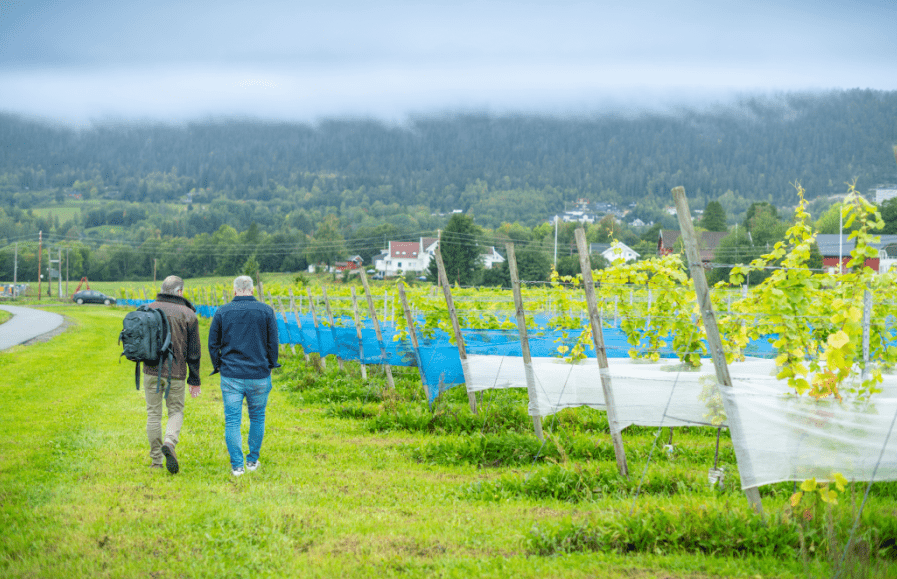
D+: So, how old is grape winemaking in Norway? Who are the key players in this segment? How many wineries are there in Norway that make wine from grapes and those that make it from fruit? Is their competition noticeable?
H.S.: The production of grapes is indeed very young in Norway and currently all this is not very well organized yet. However, things are about to change now. I would guess there are about 15-20 grape producers in Norway. Most of them started planting vines in the last five to six years.
However, Norway has a long history of fruit wines, mostly from apples. Norwegian apples are high in sugar and especially in acidity, and our cool climate brings ciders of top quality. Egge Gård and other Norwegian cider houses have won several gold medals internationally. All our ciders are made from fresh apples. There are a lot of producers here, we can say this segment of the market is flourishing! As for grape wine, Egge is out of competition today.
D+: Is there any association of wine growers and wine makers in Norway?
H.S.: There is Hanen.no – an organization for rural tourism, agriculture and freshwater fishing. Egge Gård is its member and will be a member of the wine growers` association when it is established. I have been approached now with a proposal to establish an association of grape growers. However, it is still in the planning process. The aim of such an association is to draw attention to our producers, but also to learn from each other and help (equipment, advice, etc.)
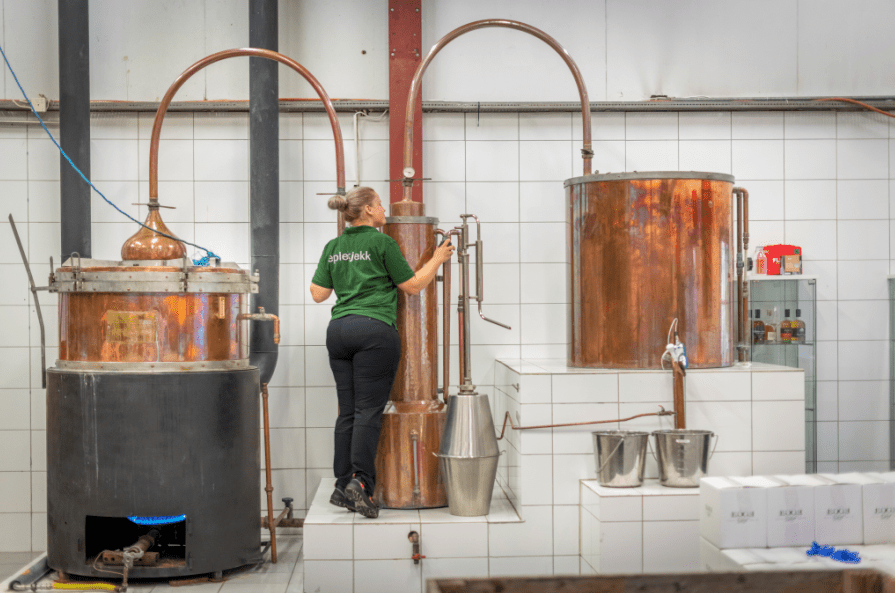
D+: Norway’s climate with long winters means that only special cold-adapted grape varieties can be grown here. Could you name the main varieties grown by winemakers in Norway and you directly? Do you cover the vines for the winter?
H.S.: It is Solaris that is mostly planted in Norway, but we also have Rondo, Blaufrankish, Riesling and Sauvignon Gris. It is not necessary to cover the plants for the winter. In the south of Norway, we have a lot of snow, usually the temperature in winter is from +0℃ to -6-8℃ and only a few days are colder.
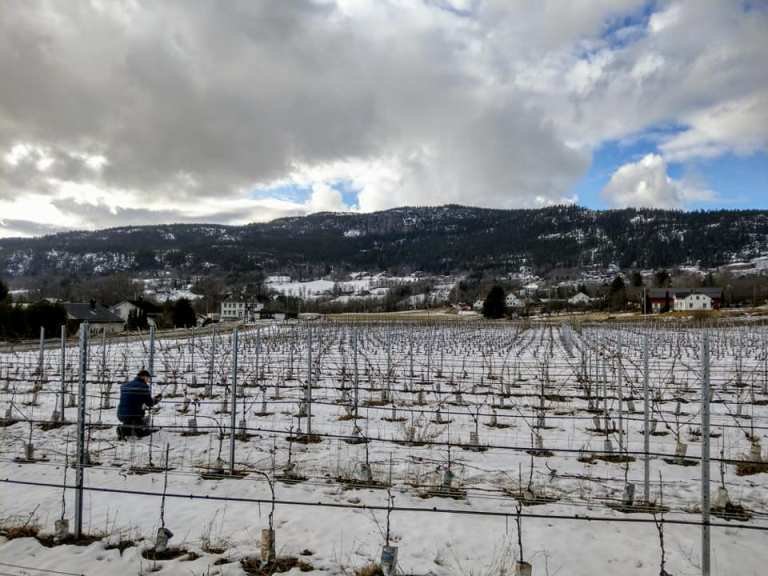
D+: What are the soils like in your region and how does that affect the flavors/aroma of the grapes?
H.S.: Most of our soils are sandy or clayey. But the soils in the Lier Valley, where Egge Farm is located, are unique for Norway. The soil is mostly moraine (of the ice-age origin.) Several types of stone in combination with clay and sand are ideal for the farming of fruits, berries, and vegetables. The whole valley of Lier is the most productive in the south of Norway. As for the taste and aromas of our wines – they are very rich and expressly fruity.
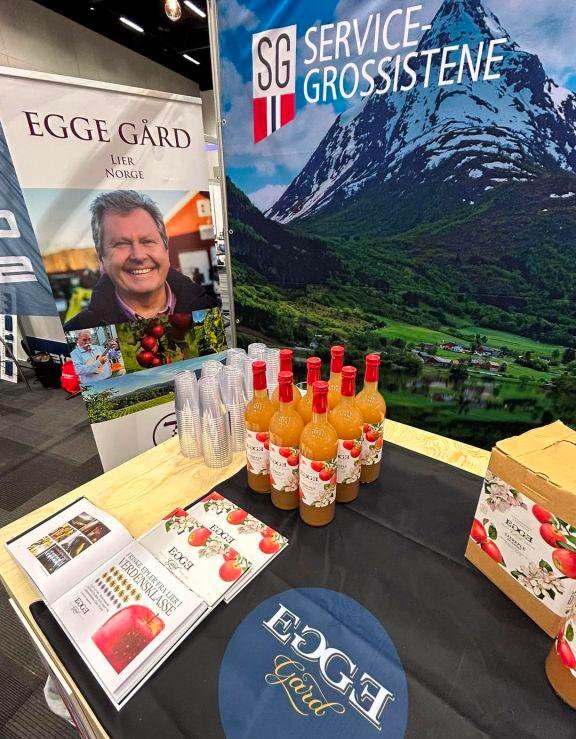
D+: When I was reading about Norwegian winemaking, I came across a very attractive maxim that in Norway there is a special quality of light – the grapes get the sun from the reflections from the fjords and thanks to this berries acquire numerous aromas… What do you think about it?
H.S.: That is a very nice explanation indeed. It is true that light is important for growing apples and grapes. During the growing season, the sun here rises at four in the morning and still shines until midnight. The usual temperature from May to September is about + 20℃. On a warm summer day it can reach + 26-30℃. Egge Gard is located only 3 km from the sea and is surrounded by hillsides, so the weather is mostly stable all year long. It is good for the harvest. Local fruit have fresh acidity and incredibly pure aroma.
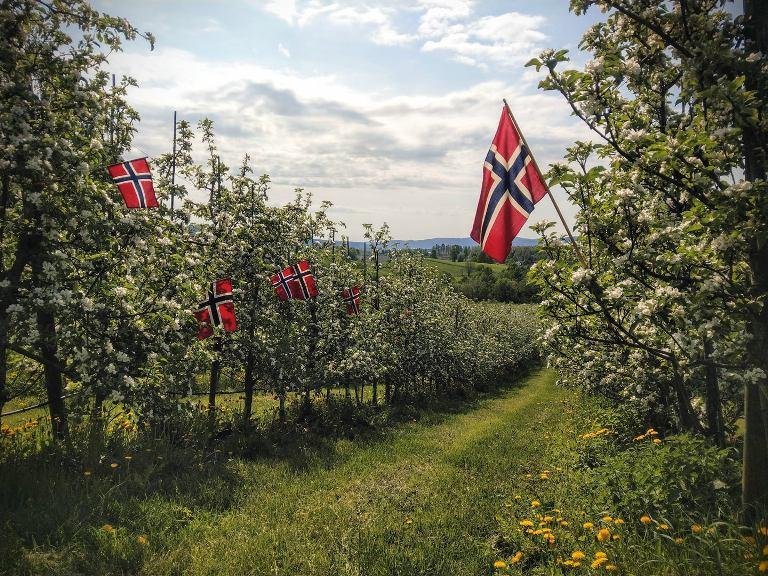
D+: Mr. Helge, Egge Gard produces sparkling wine, including rosé, using the traditional method. How did you dare to come to this? Where did you study? Where did you get your knowledge from? Experts claim that despite the fact that many people associate rosé with “lightness”, making it is the most difficult. Many factors play a role: grape varieties, vineyard care, pressing and fermentation, lees management and aging, many other subtleties. So – where do you get your knowledge from?
H.S.: Our sparkling Egge ONE was launched in 2014. To obtain sugar in grapes, we mostly use hybrids of varieties dominated by Solaris. Yes, we used to make rosé, but now we are only producing white sparkling wine. At the moment Egge Gård has better red grapes than before and perhaps later we will be making sparkling rosé again, with a little addition of red grapes to achieve a good color and a distinctive style.

Egge Gård has an independent winemaker who was educated in New Zealand and worked there for several years, as well as in Italy (Tuscany). For the last ten years he has been helping Egge Gård and other grape growers in Norway. In the early years of its production, Egge Gård had consultations with German winemakers, and also communicated with a winemaker who specialized in cool climates of Nordic countries.
As for me, first of all, I have the education of a sommelier, I have been engaged in importing wine for the last 20+ years. In general, I have been engaged in winemaking and product development (wine) since 1999. The owner of Egge Farm is one of the largest wine importers in Norway (Gaia Group) and we have a wide range of well-known wine producers from Italy and other countries. Some producers have visited us, all happy to give good advice to improve the quality of vineyards and wine production in Norway.
D+: When I was looking at your site, ISEPLE caught my eye. Do I understand it right that this is an analogue of Ice Wine? But Ice Wine is made from grapes frozen on the vine. And what about apples in this case? What is the technology? Does the variety of apples matter? Are you planning to make a classic Ice Wine?
H.S.: ISEPLE is an Ice-Cider and yes, the philosophy is based on Ice Wine. However, (luckily!) there are no long frosts in the Lier Valley. Therefore, we achieve the necessary conditions artificially. Apples are larger than grapes, so you need to use a larger freezing container for making Egge ISEPLE.
The technology is as follows: Freshly pressed apples juice, in 1000 Liter containers, is placed in a room with a temperature of minus 22℃. As soon as the water in the wort freezes and begins to crustallize, we take the containers out and obtain the juice, which at that moment has a high level of sugar and acidity. 25-30 kilograms of apples are needed to produce one Liter of ISEPLE. Fermentation takes place over a long time until the level of alcohol reaches 10 %. Nothing else is added to this drink, ISEPLE is pure apple! The drink has 260 g/l of natural sugar, and acidity is 26 g/l. It is a very fresh and very sweet dessert wine. The apple varieties used for this production are Aroma-apple, Gravenstein and Discovery.
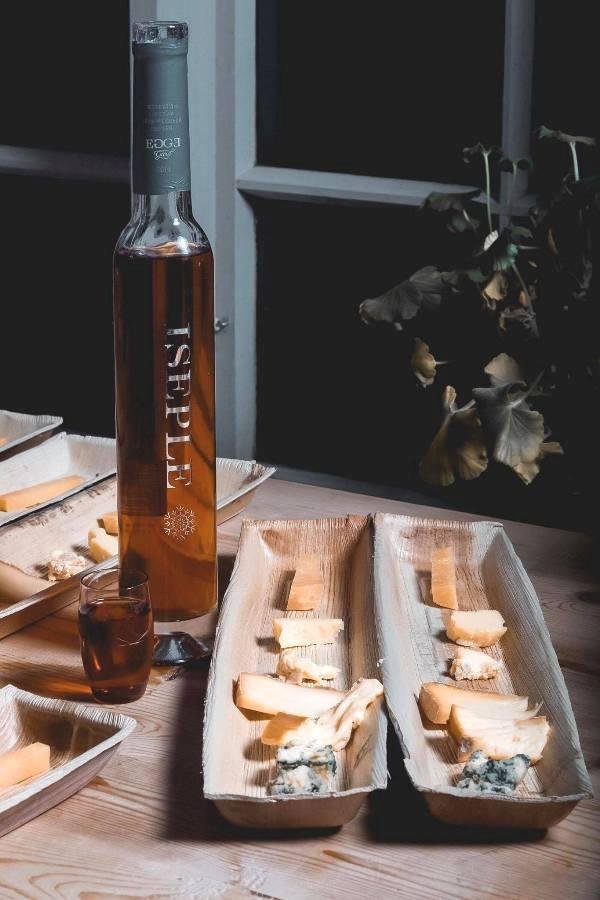
And of course it would be cool to produce Norwegian grape Ice -Wine. Perhaps we will start doing that in the future.
D+: Recently, such a form of association as Wine of… has been gaining popularity. National stands under their auspices participate in the most famous wine exhibitions (Vinitaly, ProWein, London Wine Fair, etc.) and export wines to different countries… How about these things in Norway? How popular are Norwegian wines in Norway itself? What wines do Norwegians drink? What is their attitude to the wines of their kingdom? In the wine list of restaurants, what is the ratio of Norway/Wine of other countries?
H.S.: Since the 1980s, the Norwegian market and consumers have come to prefer wine over stronger alcohol and beer. The dominant country in terms of demand is Italy, especially such its regions as Piedmont and Veneto. In recent years, German reslings have become an important part of the demand.
In Norway, the monopoly on the sale and production of alcohol (strength above 4.7%) belongs to the state. That is, such drinks can be sold only through Vinmonopolet monopoly stores located throughout the country. Private importers sell products to Vinmonopolet. Today, Vinmonopolet sells about 40,000 different products to consumers through its stores, the Internet or a mobile phone application with an option of pickup from a local store. A regular store has from 700 to 3,500 products on the shelves, but through the application and the Internet consumers have access to 40,000 products.
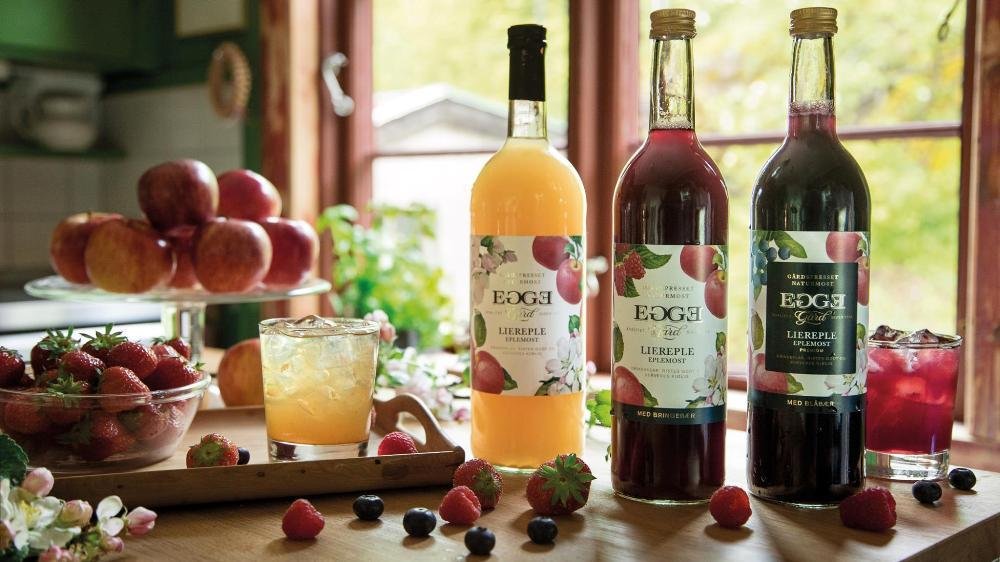
Alcohol tax is high (political decision), table wine is expensive, however, if you want high quality wines, the prices are lower than in France, Italy, etc. because the tax is fixed only on the level of alcohol.
So I think it is a bit early for Norwegian wines to visit ProWein or other international exhibitions. The production is too small and the price is too high. However, Egge Gård was at ProWein-2024, although not with wine, we were showcasing ciders and spirits.

Regarding the wine list – in restaurants you will mostly find good wine lists with a selection from famous producers from all over the world: Italy, Spain, France, Greece, Germany, Austria. New World wines can mostly be found in Vinmonopolet stores. Except for wines from California and Oregon, which are popular now (especially Pinot Noir).
Egge Gård mainly sells products to wholesalers, directly to hotels and restaurants, as well as to Vinmonopolet. But we have a shop on the farm, I guess about 5% of our products are sold directly from the farm.
D+: Tell us what is the situation with exports? To which countries does Norway send its wine? In general, how does sale of products take place under the conditions of a state monopoly? How strict and regulated is everything? At least, compared to other EU countries (in some of which even wine is equated not to alcohol, but to food). I, for one, have not met Norwegian wines in Ukraine. I have seen akvavit, gin, sake, beer (including non-alcoholic), but not wine. To be honest, I am interested in Norway and I would buy Norwegian wines. What are your plans for the future, do you plan to expand exports?
H.S.: As a producer (or importer) we are free to sell all Horeca wines without any problems with the Government. We can sell our own products with alcohol up to 22 % vol. at our farm-shop. However, to private consumers, we can do it only through the Vinmonopolet system.
We are currently starting with export to UK. And export will be a priority in the future. Here we are talking, however, about our Ciders and spirits. No producer in Norway is ready today to export its product. I think that Egge will be the first to start exporting when the new vineyard is ready to give good quality grapes.
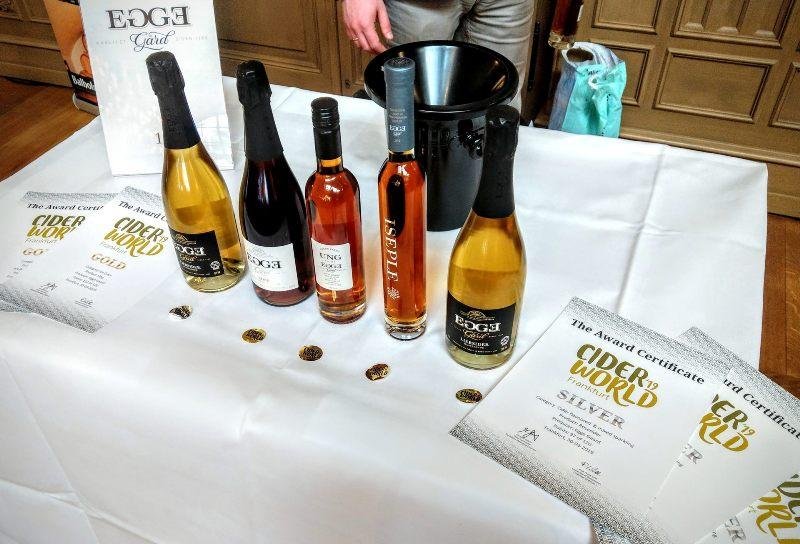
D+: Have your wines participated in any wine competitions (within the country or abroad). Have you visited any wine exhibitions?
H.S.: I have already said about exhibitions, it was ProWein-2024. Nationally, we have received good feedback from the wine-media and the wine community. We are planning to keep the wines longer on sediment and improve quality even more. However, we have not attended any international tastings yet.
D+: Currently, wine tourism is becoming more and more popular. Please tell us what exactly is the program of the visit to your winery? Are your guests Norwegian or foreign tourists?
H.S.: We are in contact with companies like VISIT NORWAY and VISIT OSLO to receive tourists to our farm. Egge is only 30 minutes from the centre of Oslo.

Now, we accept groups from 10 to 50 persons. Normally, we show guests our vineyard and the apple orchards, visit he production area, the distillery, the cider-room and the barrel room. We offer a tasting of several products; and before they leave, our guests can visit our farm-shop. Special tastings can also be arranged. Anyone interested can contact us via e-mail egge@egge.as.
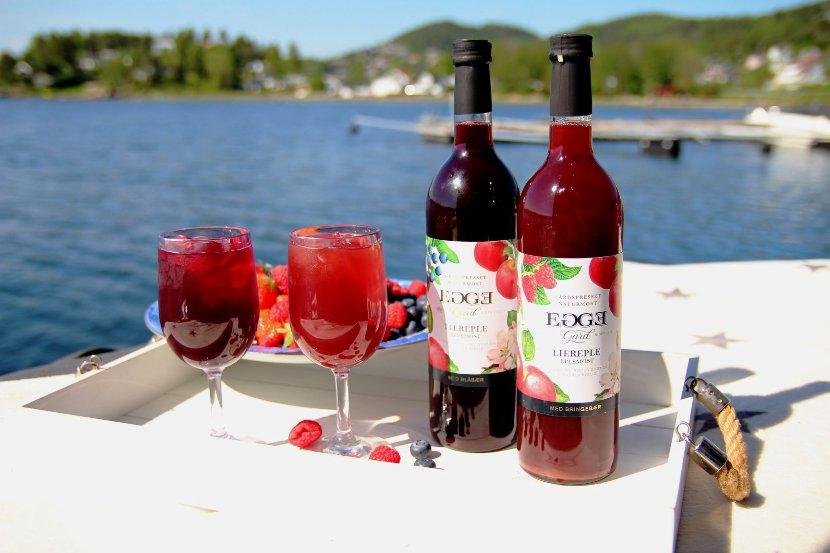
D+: Regarding wine tourism… During the quarantine related to the pandemic, many wineries of the world made virtual tours, virtual tastings, created training courses online. In short, they wanted to survive themselves and help other people survive total isolation. How did your winery live during the quarantine?
H.S.: It is true. The pandemic was hard for the farm. Some people at the farm had to stay at home and seasonal workers were not allowed to travel. Financially this was stressful for Egge Gård.
Restaurants could not accept guests, and a lot of them went bankrupt. Alcohol producers were forbidden to engage in marketing among private consumers, only HoReCa However, Norwegians started to make a lot of good food at home. Wine Monopoly was selling great volumes of wines and spirits in this period. A lot of tastings were done through the internet. Usually a journalist or independent product person took part in that.
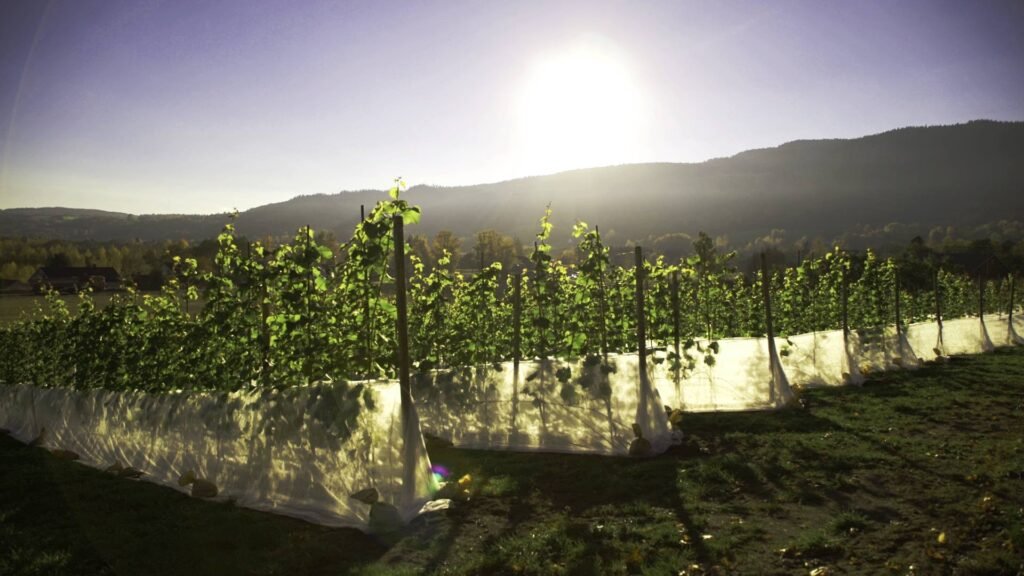
D+: Are there sommelier schools in Norway? How popular is this profession?
H.S.: Sommelier schools were established in the beginning of 1990. Norway has today approximately 1000 sommeliers and 6 MW. It must be said that the interest for wine and food is very high in Norway. In the past only people from restaurants attended this school, but today we see highly motivated persons from other industries wishing to receive a sommelier education.
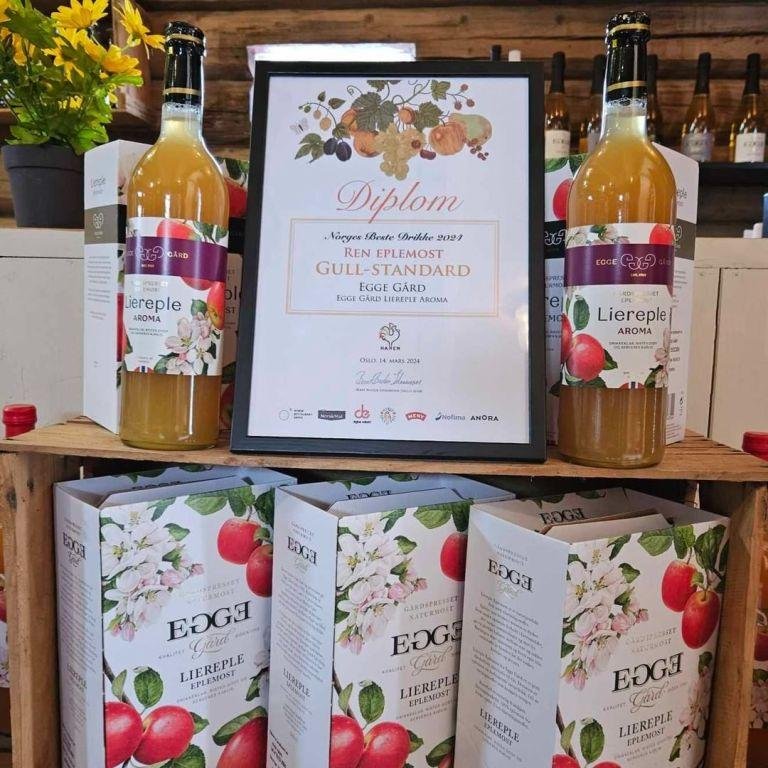
⇒ Join our social networks ⇒ Optimistic D+ editors will take this as a compliment.
⇒ Every like is taken as a toast!
Фото: egge.as